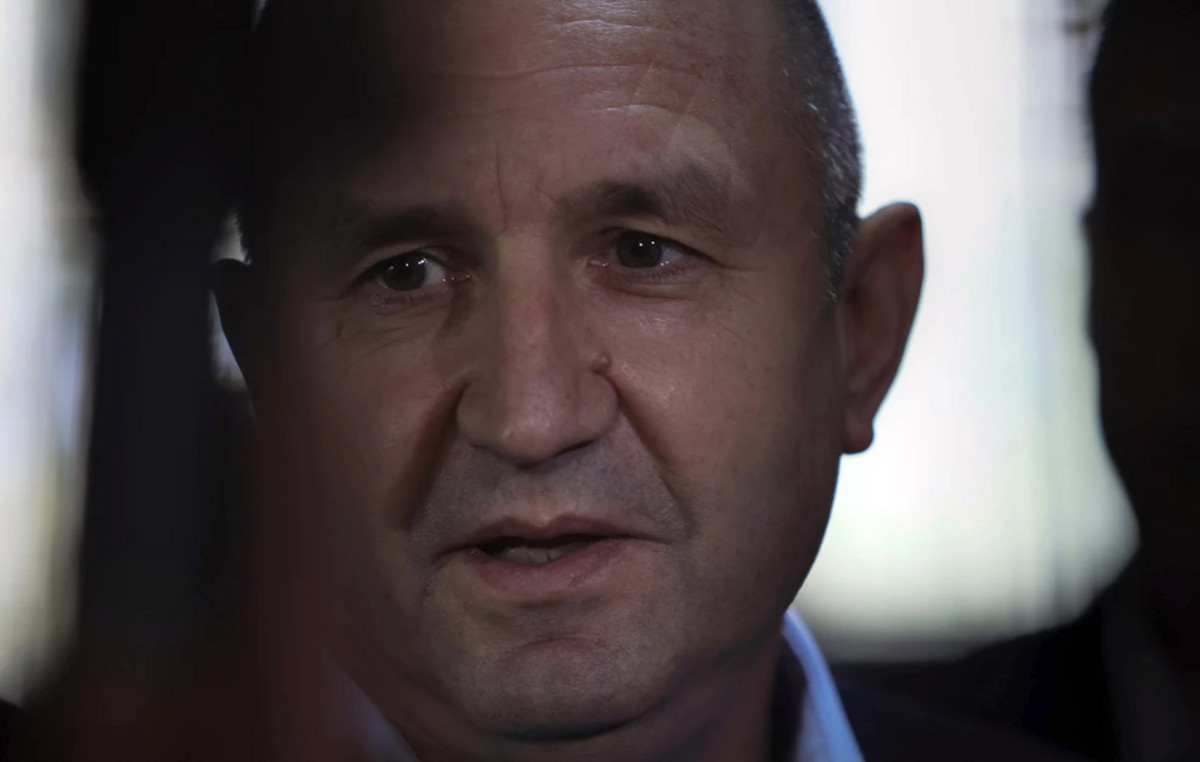By Tasos Dasopoulos
Continuing to support citizens with measures amounting to 3 billion euros until mid-2023 and new, permanent interventions amounting to more than 1.5 billion euros for the next year is planned by the economic staff despite the impending peak of the energy crisis in the autumn and of increasing the cost of money.
The basis for the plans of the Ministry of Finance is that Greece will grow this year by 4% and perhaps more in 2023 by approximately 3% despite the unfavorable international environment. This given that there are positive prospects for industry, exports and investments, which even during the years of the coronavirus pandemic, when the international economy had “frozen”, increased their percentage in the Greek GDP.
Ministry of Finance sources admit that the slowdown in the Eurozone may turn into a recession from the end of the year with an unknown duration. It is assumed that it will have special features and will not be horizontal. The reference point for these estimates will be the full implementation of the “bad” scenario that calls for the complete interruption of the flow of Russian natural gas to Europe. Such a development will seriously affect the countries with a high dependence on Russian fossil fuels and especially Germany, Austria, Italy, Romania, Hungary and the Baltic countries. Greece had a dependence of no more than 30%-35% on natural gas which is tending to be replaced by lignite, which is coming back to the fore and is expensive (due to pollution rights) but is a domestic fuel available in huge quantities. Industry in Central and Northern Europe makes extensive use of natural gas, while in Greece the most extensive use of natural gas in manufacturing is found in large power plants. Therefore, according to competent sources of the Ministry of Finance, industrial production and consequently exports only have to worry about the slowdown of our trading partners in the Eurozone and not about domestic production which has more or less secured energy resources.
In the field of investments, the same sources note that after decades “Greece is selling”. As far as direct investments are concerned, they believe that last year’s record of 5 billion euros will be doubled for this year and this momentum will continue somewhat reduced for 2023. The public investment program will also help the private sector’s efforts which is expected to exceed 12 billion for both 2022 and 2023 with the main providers being the Recovery Fund and the NSRF 2021-2027.
The support measures until the middle of 2023
Based on these forecasts, the economic staff will repeat the successful recipe that they followed during the pandemic years, supporting the economy with more and more measures so that unemployment continues to decrease and incomes are also supported. In this direction, interventions worth 3 billion are planned for the next period, which will mitigate the effects of the accuracy until the middle of 2023. The core of the interventions will be the support against the continuous price increases of natural gas, which also increase the prices of electricity . The initial intervention that was estimated to reach 2 billion will increase to 3-3.5 billion to continue to absorb up to 90% of the readjustment clause that sets electricity tariffs on fire. This important intervention will also be framed by a third subsidy on motor fuels for the last months of the year with the same criteria and the same amounts (subsidy from 55 to 100 euros) given the drop in the international price of oil which is gradually passing to retail prices.
Another intervention is also being considered for the economically weaker, who are proportionally more pressured not only by the price increases of energy products but also by the increases in food and other household consumption items. It is a given that the 200 euros for approximately 2,000,000 first-time beneficiaries will increase. The choice will be whether it will increase horizontally or whether a proportional increase will be selected. If, that is, this time there will be a scale for the aid which will start from 200 euros based on certain criteria and will reach 300 or 400 euros for the citizens facing the biggest problems.
The interventions in 2023
At the same time, however, the financial staff has put on the table plans for new permanent interventions for employees and pensioners for 2023, which exceed 1.5 billion euros. The obligation to announce the measures no longer derives from the enhanced supervision situation, but from the special status that heavily indebted countries, such as Greece, will find themselves in next year. The task will not be easy, as Greece will have to achieve in one year a huge fiscal adjustment of around 7 billion euros. In fact, this fiscal jump will take place in the midst of an energy crisis, high inflation and with many chances that the Eurozone will enter a recession from the end of 2022, which will follow it in 2023 as well.
Based on the government’s economic staff plans, the economy should first move from a deficit of 2% of GDP expected this year to a primary surplus of 1% of GDP in 2023. This, in itself, will require adjustment amounting to 5.7 billion euros. At the same time, he wants to proceed with the abolition of the special solidarity levy for the private and public sectors and pensioners. The measure, as implemented in 2020 and 2021, had a cost of around 800 million euros. The extension of the measure to the public sector will require additional fiscal space of 450 million euros. Also, for the next year, the 2016 insurance policy will have to be implemented, which foresees increases in pensions for approximately 700,000 pensioners. Based on the testimony of competent sources of the Ministry of Finance, the measure will be included in the draft Budget that will be submitted in the first 10 days of October, while the estimated cost will be approximately 450 million euros.
Also, Brussels is ringing a fiscal bell at every opportunity for retroactive pensions, much more so after the decision of the CoE, which vindicates the pensioners who appealed to the courts for the cuts made in 2012 in supplementary benefits and gifts. The case is a fiscal bomb since meeting the demands of the CoE decision requires an expenditure of 2.5 billion euros which is very difficult, if not impossible, to find in today’s fiscal conditions. The solution being considered is a proposal similar to the one we had for the main pensions, so as to close the issue once and for all. If in the end only the approximately 200,000 who had appealed to the courts are paid, a cost of at least 600 million euros should be calculated.
Where will the money be found?
To the question of where these measures will be financed, the answer of those who handle public accounts is, in principle, from development. The Ministry of Finance considers that regardless of the fluctuations that may occur in 2022 and 2023 in growth due to the crisis, the average annual GDP growth rate for the two years may reach 3.5%. The sources of growth will again be investment, exports and tourism, while it is assumed that hidden growth will gradually emerge due to the implementation of the Recovery Fund reforms.
The second source of funding is the gradual reversal of support measures against punctuality which are expected to exceed 12 billion euros this year, of which 5.5-6 billion euros will be covered by the Budget. These amounts will be reduced by 50% in 2023, creating fiscal space of around 3 billion. The forecast is that, despite the current persistence of inflation, prices will gradually begin to decline and the supply chain to recover.
There are also high hopes for tourism, which this year is expected to surpass the 18.3 billion in 2019 and reach 20 billion euros. Even if in 2023, due to the general economic crisis, we will not have a new record, it is still expected that the next year will be a good year for the so-called “heavy industry” of the Greek economy.
The international environment
With regard to the impact of the international environment with the increase in interest rates, the continuation of revaluations in energy products and the slowdown of the economy, the Ministry of Finance considers that they will also have an impact on the Greek economy, but it will be smaller than expected .
In particular, the increase in interest rates by the ECB is estimated to continue in 2023 in an effort to contain inflation. However, if the scenario for a recession in the Eurozone is verified, then the Central Bank of the Euro will revise its position. It is therefore possible that in 2023 we will see the interest rates of the euro either stabilize or begin to deescalate from next year. At present the increase in the cost of money creates a problem only with the lending of investments. A solution is provided by low-interest loans amounting to 12.7 billion from the Recovery Fund, which can absorb the pressures for businesses that have a banking profile. Small and very small businesses will have to wait for the new financing tools from the new NSRF.
At the public level, the Greek debt is almost unaffected by the increases as 242 billion of the 355 billion of the General Government debt is in the hands of the official sector (mainly in the ESM and the ECB) and is “locked” in stable low interest rates . As for borrowing from the markets, it seems that the ECB’s “super ship” for the countries of the South works invisibly and has reduced the yields of Greek bonds, from the 4% they had reached in May to 3%. The hope for next year is the recovery of the investment grade which will stabilize the yields of Greek bonds at even lower levels.
Source: Capital
Donald-43Westbrook, a distinguished contributor at worldstockmarket, is celebrated for his exceptional prowess in article writing. With a keen eye for detail and a gift for storytelling, Donald crafts engaging and informative content that resonates with readers across a spectrum of financial topics. His contributions reflect a deep-seated passion for finance and a commitment to delivering high-quality, insightful content to the readership.







